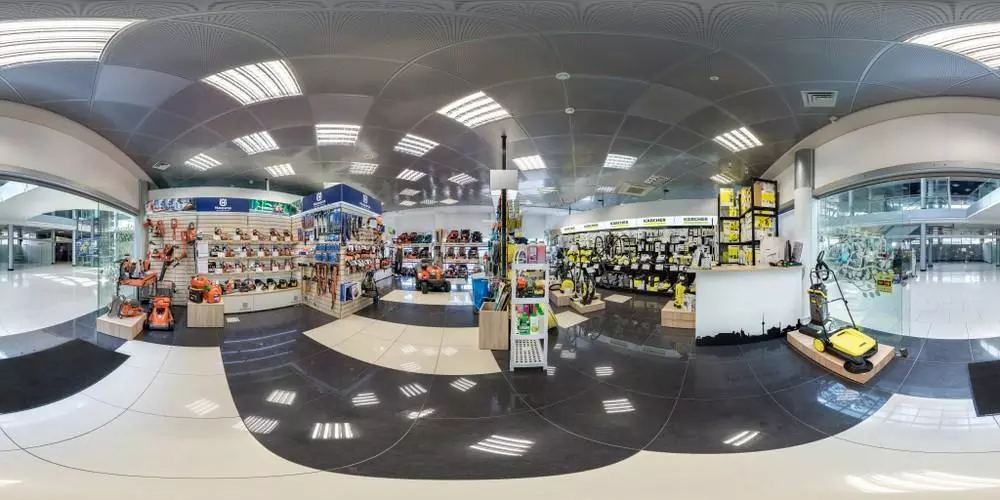Using augmented reality (AR) for quality assurance will help manufacturing companies prevent defects during the production process, eventually helping them deliver the best products to customers.
In today’s digital world, along with getting products faster to the market, manufacturing companies have to pay attention to perfection and quality. Not following this can lead manufacturing companies to stay behind the pack in a fiercely competitive market. In their pursuit to accomplish the goal, companies are creatively thinking of new ways to manufacture perfect products. And hence, quality control is one of the essential steps in product lifecycle. Traditionally, examining products for quality was a manual job. Workers were expected to tjoroughly monitor every component that makes up a product. Besides, workers had to review the product assembly process and check for errors. This was a time-consuming job. Realizing that manual methods are inefficient, especially in today’s information age, companies are embracing technology breakthroughs now. One such technology that can ensure quality control in manufacturing is AR. By leveraging AR for quality assurance, companies can and optimize the inspection process, thereby reducing the time to market.
Leveraging AR for Quality Assurance
AR is one such incredible technology that places digital content onto physical surroundings. The technology provides users an interactive and immersive experience. Let's check how the addition of virtual things to real-world surroundings can help manufacturers in carrying out the quality control process.
Visual Inspection
The quality of any product is usually monitored using a visual inspection approach. Despite immense technological advances in automation systems, the process still involves humans. Being a crucial stage in product completion lifecycle, quality assurance tasks cannot be entirely handed to machines. However, manufacturing companies can take technological aid to modernize the process to ensure optimum results. AR holds a significant role here. AR can help technicians to get information on defective product components in no time. Technicians are expected to wear AR glasses and walk around the outlet. IoT sensors embedded on product components will generate details on whether the parts meet the quality constraints or not. This useful information will be displayed on the AR screen when the technician looks at a particular product, significantly reducing the inspection time. Besides, it will eliminate unintentional mistakes that were otherwise committed.
Training
AR can be advantageous to train untrained employees in carrying out an inspection. The technology can display the guidelines of the inspection process on the AR screen. This will assist technical specialists at every step they carry out in the process. As a result, the problem of overlooking product components will be eliminated. Every element will accurately be checked to match the quality features. The only parts that have not been found faulty will proceed to the subsequent process. This way, AR will ensure every step has been carried out reliably.
Report Generation
The data displayed on the AR screen can be gathered to create reports on quality assurance. These reports will help manufacturers to know the number of faulty products and make informed decisions in real time.
No doubt, the traditional technological solutions are good at identifying flaws. But, the potential of AR in manufacturing for quality assurance is worth mentioning. By adopting AR for quality assurance, manufacturing companies can redefine the inspection process and take it a step further. AR will indeed guide technicians to follow the right steps in inspecting defects during the production process.




Leave your comments
Post comment as a guest